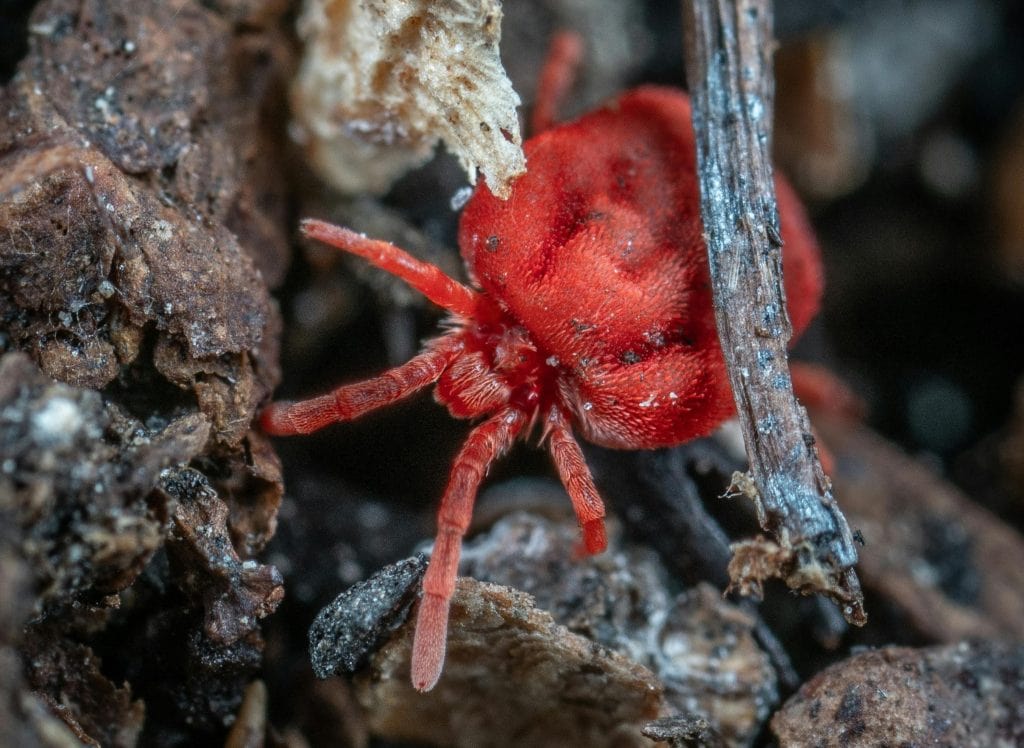
Introduction
One of the most frustrating problems backyard chicken owners face is the sudden appearance of mites in the chicken coop. These tiny parasites may be hard to see, but the damage they cause is obvious: stressed hens, reduced egg production, and in extreme cases, even death. Protecting your flock starts with knowing how to identify, treat, and prevent a chicken mite infestation.
1. Signs Your Chickens Have Mites
- Constant scratching or feather picking
- Bald patches around the vent, under wings, or near the neck
- Pale combs and wattles (sign of anemia)
- Tiny crawling specks on roosts or feathers
- Drop in egg production
2. Common Types of Chicken Mites
- Red Mites – Feed on chickens at night, hide in cracks during the day.
- Northern Fowl Mites – Live on chickens 24/7, causing constant irritation.
- Scaly Leg Mites – Burrow under leg scales, making them rough and raised.
3. Treatment Options That Work
- Diatomaceous Earth (DE) – Dust into bedding, nesting boxes, and dust baths.
- Poultry-Safe Sprays & Powders – Pyrethrin-based sprays are effective and safe when used as directed.
- Natural Remedies – Garlic and apple cider vinegar in water may help deter parasites (as a supplement).
- Serious Cases – Consider Ivermectin or permethrin under vet guidance.
4. Preventing Future Infestations
- Keep coop bedding clean and dry.
- Add wood ash or DE dust baths to help chickens self-treat.
- Rotate bedding in nesting boxes weekly.
- Seal cracks in wood where mites hide.
Conclusion
Chicken mites may be tiny, but they can wreak havoc if left unchecked. With consistent monitoring and prevention, you can keep your flock healthy, happy, and laying strong.